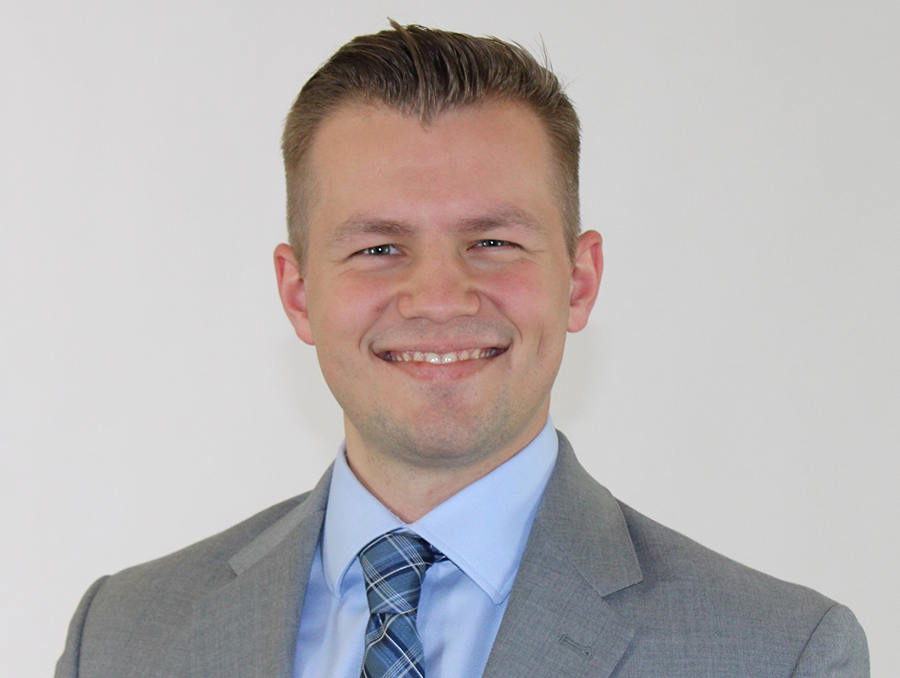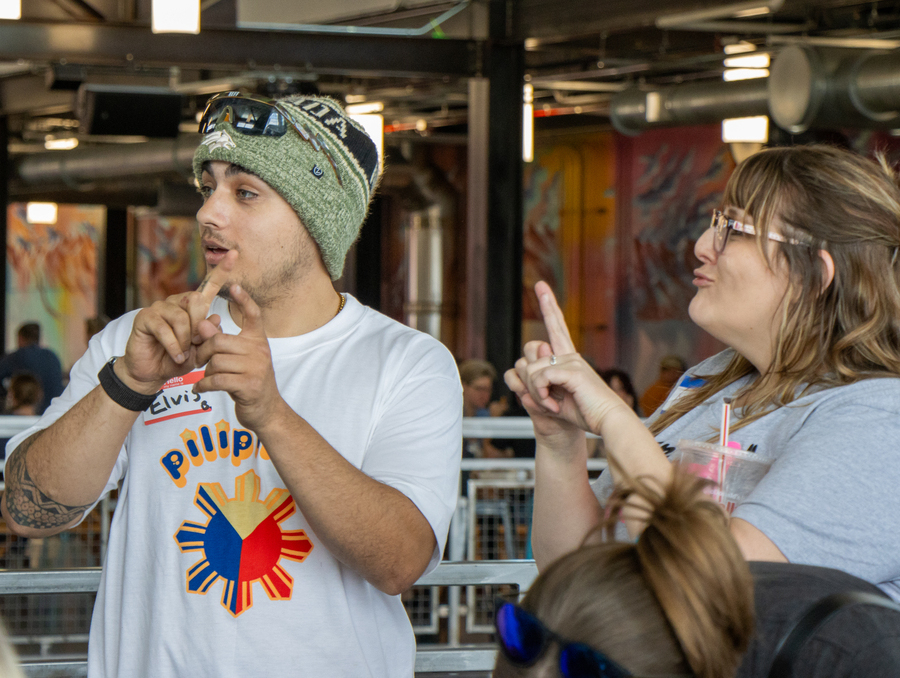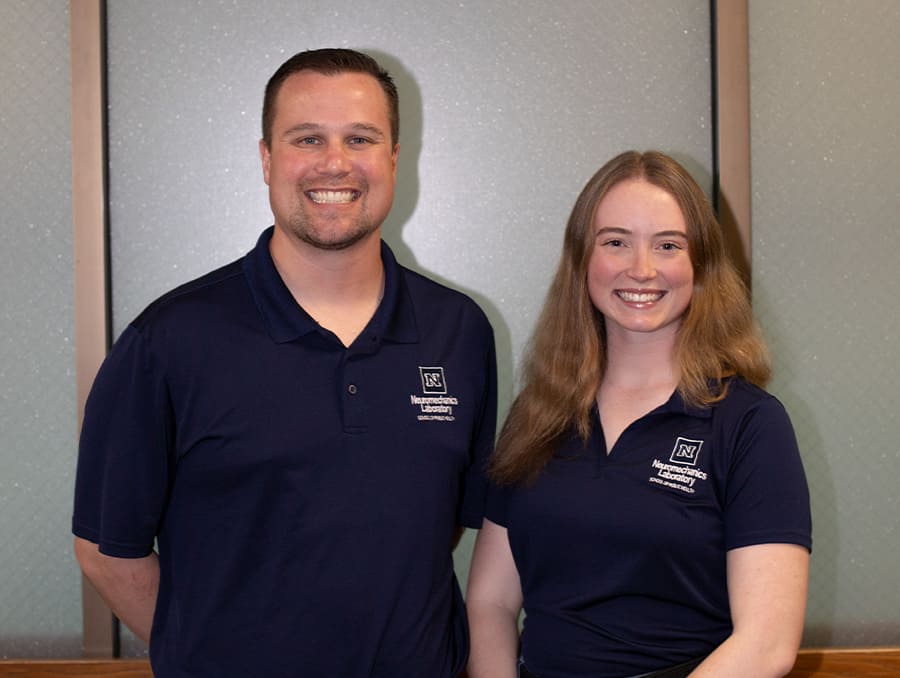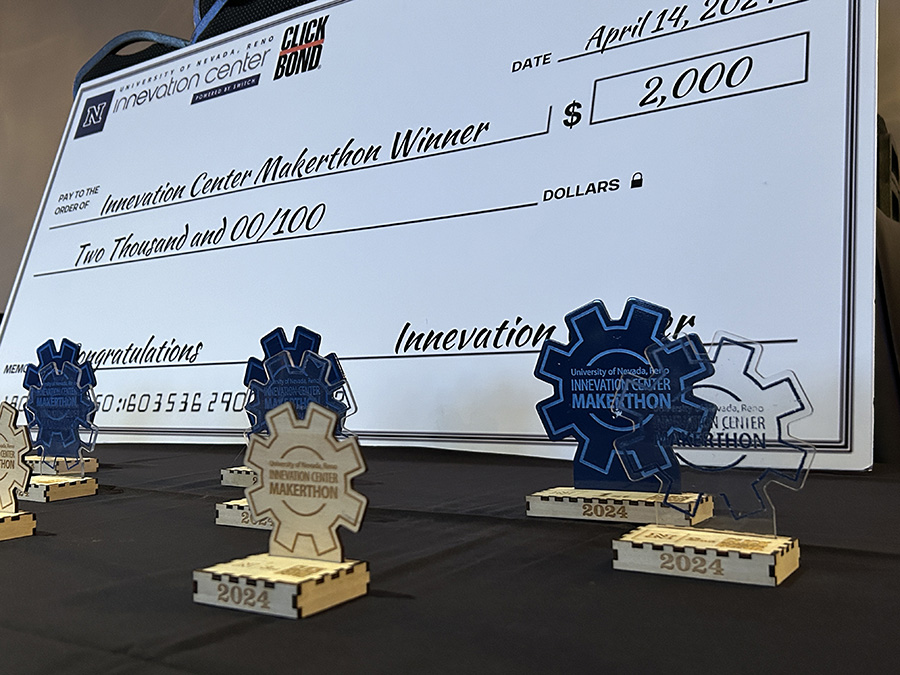At one point in his 90-minute lecture in the Davidson Mathematics and Science Center, Neil deGrasse Tyson dimmed the Redfield Auditorium lights and asked the audience to consider a single image from the Hubble Space Telescope: a view of millions of stars and other galaxies similar to our own Milky Way in a tiny portion of the outer reaches of space.
Noting that the chemical elements of the universe - hydrogen, oxygen and carbon - are the same as those in our bodies, Tyson urged the audience to consider one's connection with a universe that both surrounds us and is part of us.
Tyson's Feb. 3 lecture, "The World as Seen Through the Lens of a Scientist," explored how knowledge of math, biology, chemistry and physics can transform the way we live, work and play.
"This was one of the most entertaining lectures I have attended," Charles Cullison, a sophomore majoring in biology, said. "Looking around the audience I saw the faces of people light up as he went through the looking glasses of many departments of science."
Tyson's presentation drew an overflow crowd of nearly 2,000 that filled the Redfield Auditorium and spilled into several more large classrooms equipped to stream the lecture "live."
"We hoped the Discover Science Lecture Series would draw people from across campus and the community to our new building and to the topic of science , and it was wonderful to see so many turn out for Dr. Tyson," said Jeff Thompson, dean of the College of Science. "In this case, we were surprised by the level of interest and very sorry we could not accommodate everyone in the same room."
An acclaimed astrophysicist and host of PBS's "Nova Science Now," Tyson spent the day on campus meeting mostly with students. His non-stop schedule included a luncheon discussion with National Merit and Presidential Scholars followed by a round-table discussion with physics students. Next, he was off to talk about science exploration and water on Mars with a beginning astronomy class.
Tyson gives priority to students, a practice he learned from one of his role models, the late astronomer Carl Sagan. When Tyson was deciding which college to attend, he visited Cornell University with Sagan, who took the time to contact Tyson and be his campus mentor. Tyson recalled how Sagan went out of his way to make the high school senior feel genuinely welcome. Although Tyson decided to attend Harvard instead, he never forgot Sagan's patience, interest and kindness. Tyson said to this day he answers emails from students before others.
Like Sagan, Tyson has become a leading science "popularizer" and science communicator. He gained international notoriety by promoting that Pluto should no longer be classified as a planet. He is currently on sabbatical from his position as a researcher in the Department of Astrophysics and the Frederick P. Rose Director of the Hayden Planetarium at New York's American Museum of Natural History.
Tyson said his sabbatical goal is to spend as much time as possible with both traditional and social media to share his expertise and enthusiasm for science. He blends in humor whenever possible, a skill he has been honing through repeat appearances on "The Daily Show with Jon Stewart" and "The Colbert Report." The day after his University of Nevada, Reno appearance, Tyson flew to Los Angeles to tape appearances on HBO's "Real Time with Bill Maher" and "The Mo'Nique Show."
Tyson has published ten books with his 11th in the final press stage. Although he enjoys public speaking, Tyson said if given the choice he would rather sit at home and write. During one of his campus meetings with students, one future scientist asked how to best share her research results with others outside her field of interest.
"Learn how to write well and to communicate clearly," Tyson said.
The College of Science inaugural Discover Science Lecture Series will continue April 7 with archaeologist Anna Roosevelt. A professor in the Department of Anthropology and Program in Geography at the University of Illinois at Chicago, Roosevelt will present "11,000 Years of Long-Term Human Environment Interaction in Amazonia." Her lecture is scheduled for 7 p.m. in the Davidson Mathematics and Science Center's Redfield Auditorium.











